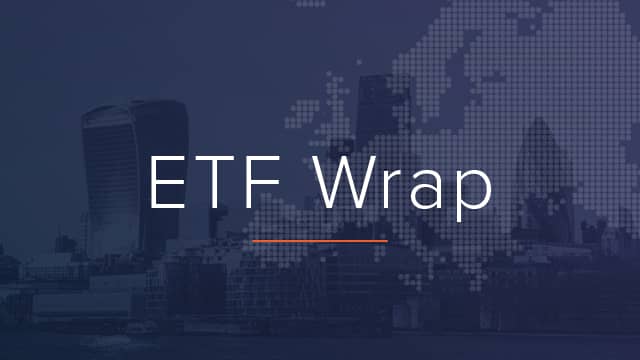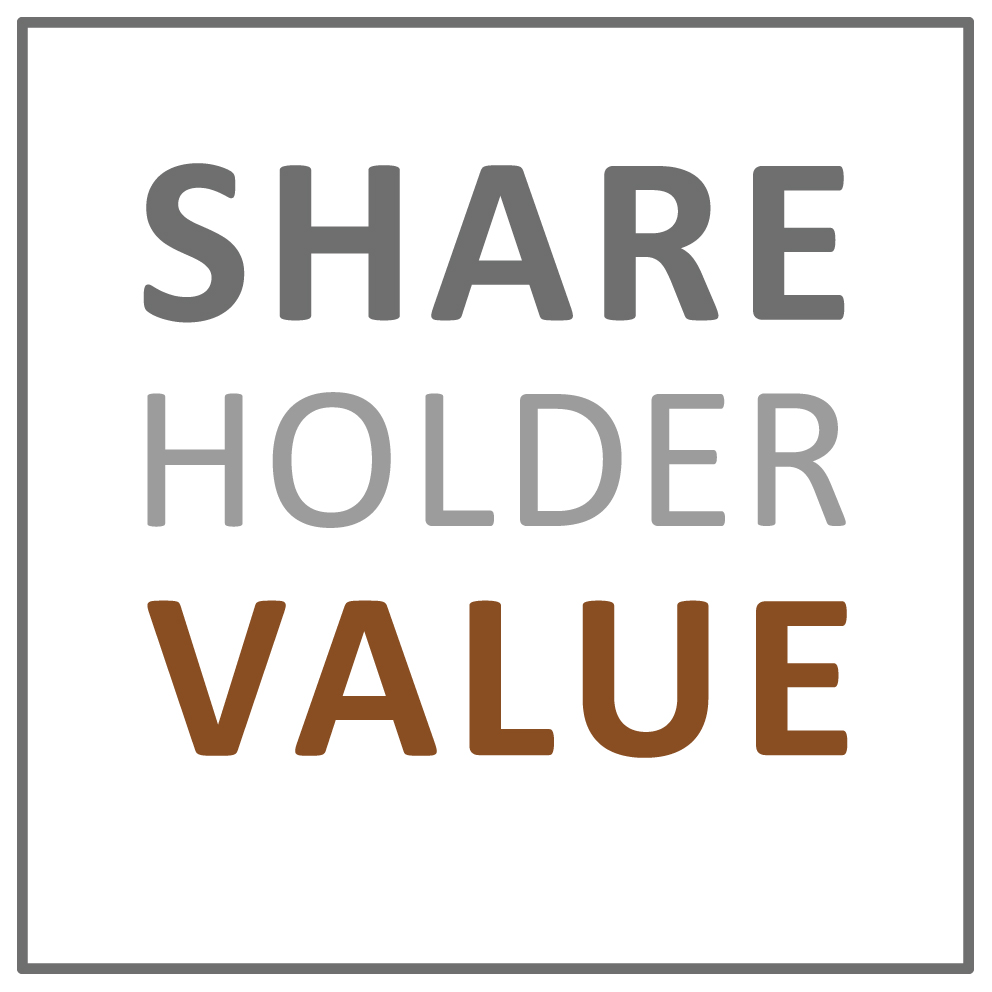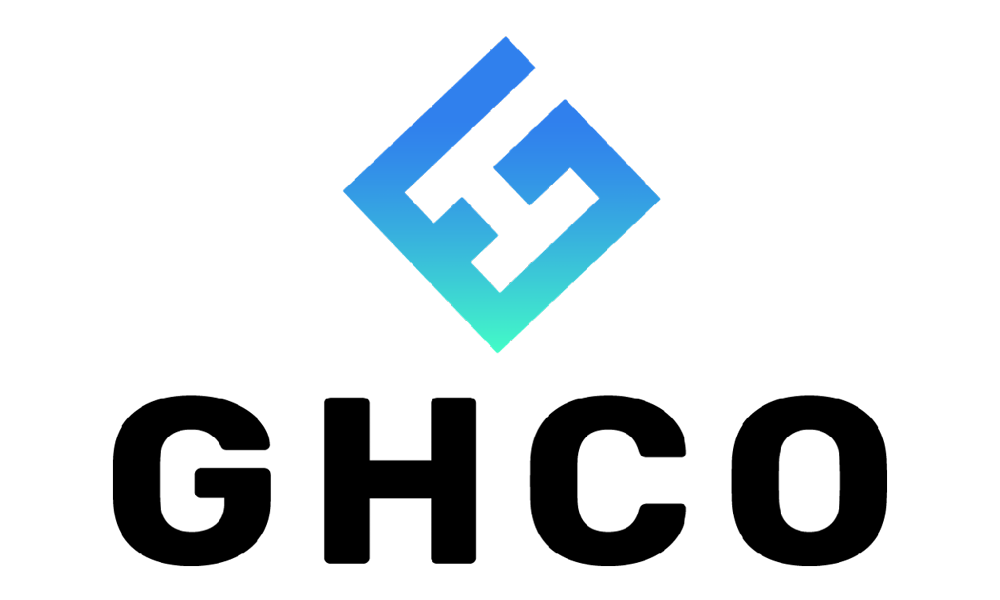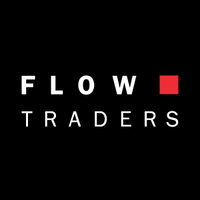Regulatory barriers and high costs for newcomer ETF issuers in Europe have seen an explosion in white-label service providers this year but one entrant believes the ‘go-it-alone’ approach is still the recipe for success.
Last week, the partnership of Shareholder Value Management and Axxion on the ‘modern value’ ETF marked the fifth white-label ETF issuer in Europe and the fourth in just four months after Leverage Shares, Iconic Funds and Waystone also entered the space.
Previously, HANetf was the only one-stop-shop for white-label servicing including platforms, regulatory approvals, seed capital, exchange listing, fund management, trading networks and distribution, but regulatory barriers and demand from smaller issuers looking to wrap more exotic IP has prompted competition in white labelling to ramp up in 2022.
Part of this demand has been fuelled by the end of the Brexit transition period and the gap between applications for the Temporary Permissions Regime (TPR) and the establishment of the Overseas Funds Regime (OFR) in the next couple of years.
In the meantime, new entrants are forced to go through the costly and time-consuming process of gaining Financial Conduct Authority (FCA) recognition for their EU fund umbrellas under Section 272 of the Financial Services and Markets Act, a step many would hope to avoid by partnering with white labellers with existing, recognised platforms.
However, there are some such as ETF-based impact investment app Circa 5000 that are willing to absorb initial costs to launch their own ETFs independently, meaning they enjoy the benefits of all revenues earned by their products and also have the final say over which products are worth launching.
Circa 5000 co-founder, Tom McGillycuddy, told ETF Stream: “We have built our own ICAV structure. Others use white-label providers who provide a structure but our way allows us to create new themes and ETFs in the future with minimal additional costs and the platform is ours.
“The more assets we get, the cheaper the platform is, there are real economies of scale from doing that.”
As smaller issuers fill out more niche corners of the market – while larger issuers command the low-cost beta core allocations – it will be interesting to see whether these new entrants opt for the ready-made white-label approach, or whether setting up a platform is the right option for those looking to enter European ETFs for the long-haul.
Market makers face Russian lock-up
Elsewhere, the struggle to recoup money from Russian assets continues with market makers battling to regain assets trapped in failing Russian broker Sova Capital.
Jane Street, Flow Traders and GHCO all have funds held by Sova, which went into administration the week after Russia invaded Ukraine.
ETF Stream understands Jane Street has roughly $18m of funds in the broker and was named as a member of the creditor’s committee by Teneo, the consultancy firm overseeing Sova’s administration.
Flow Traders were named an observer and had an “interest-bearing credit facility” with the broker in 2021 for an undisclosed amount.
GHCO declined to comment but its latest account showed it was seeking to recover $3.3m of assets. It believes 40-60% will be recovered within the next one to two years.
ETF Wrap is a weekly digest of the top stories on ETF Stream
Related articles









